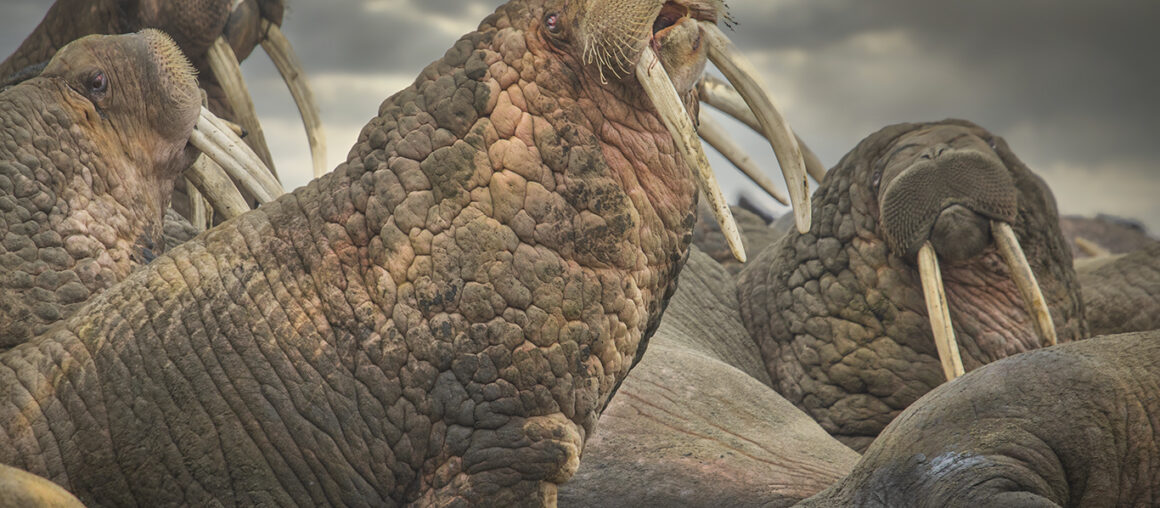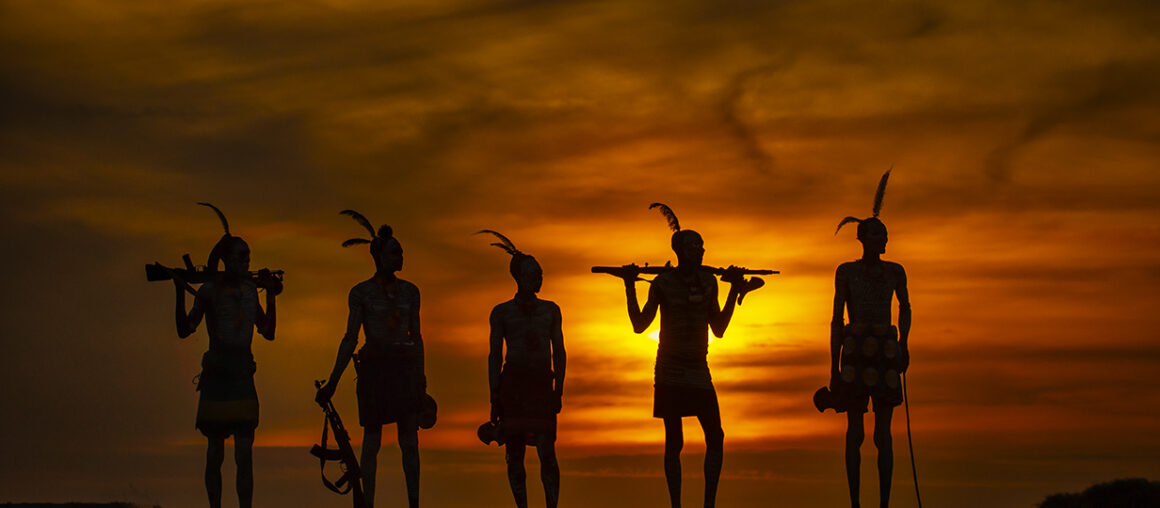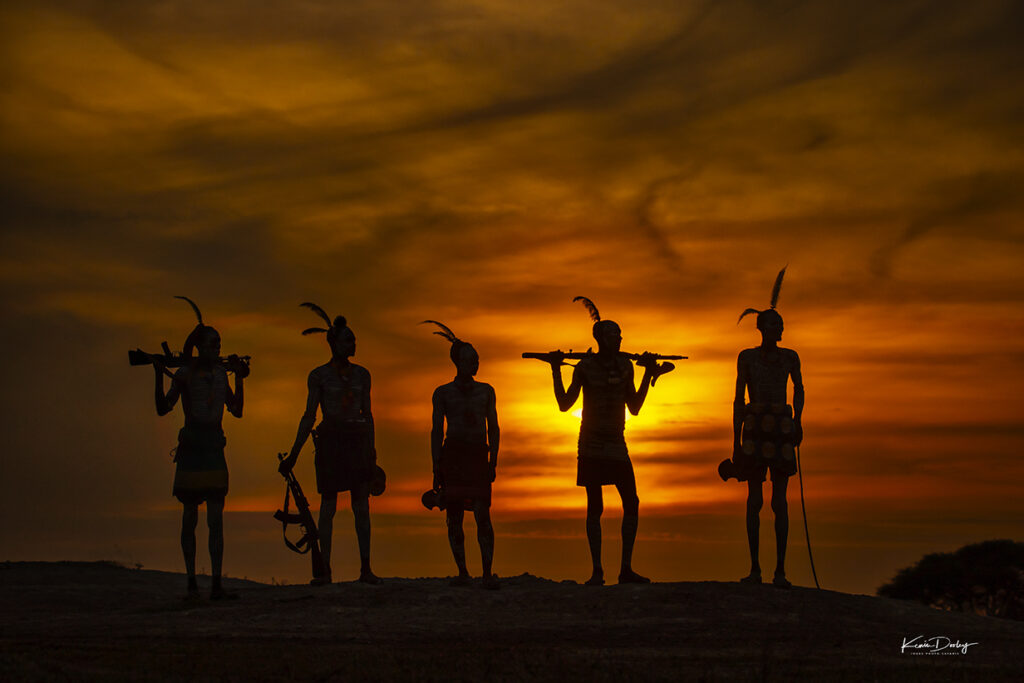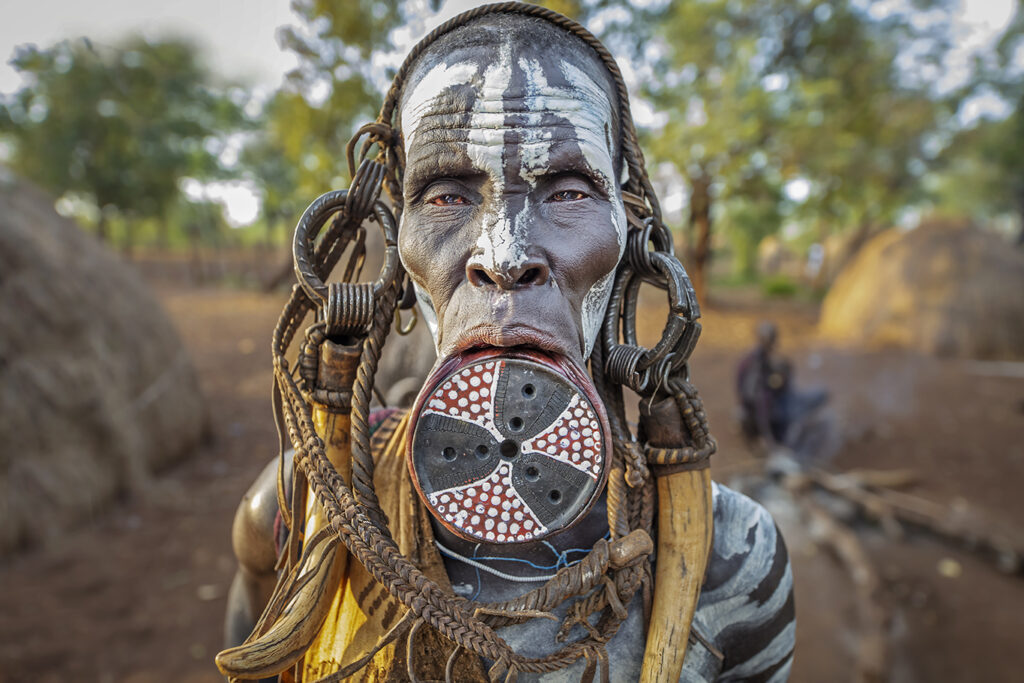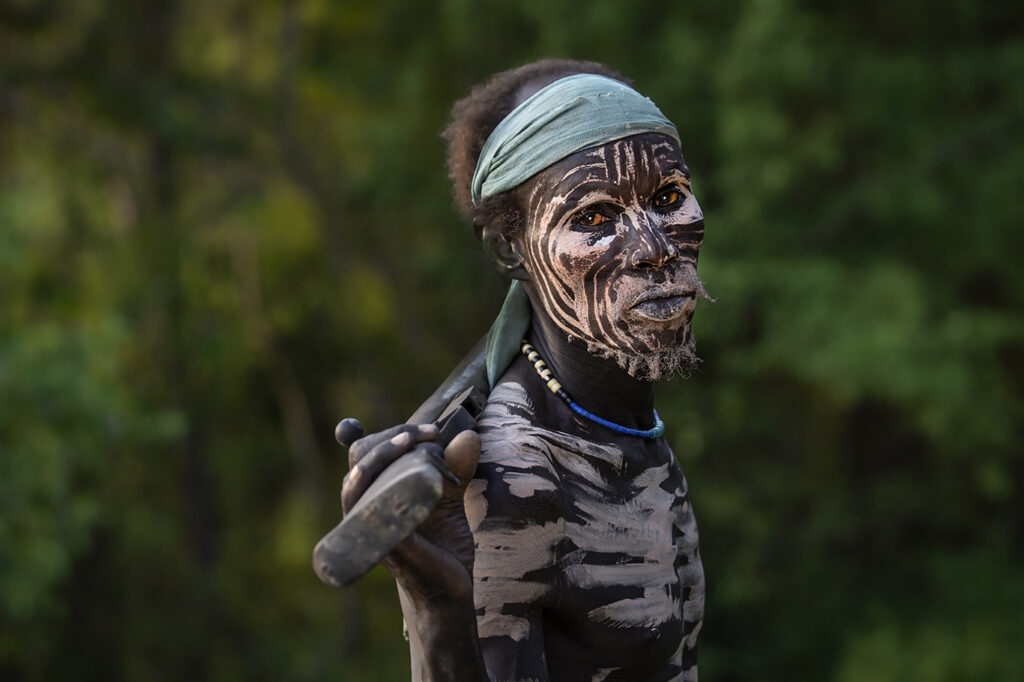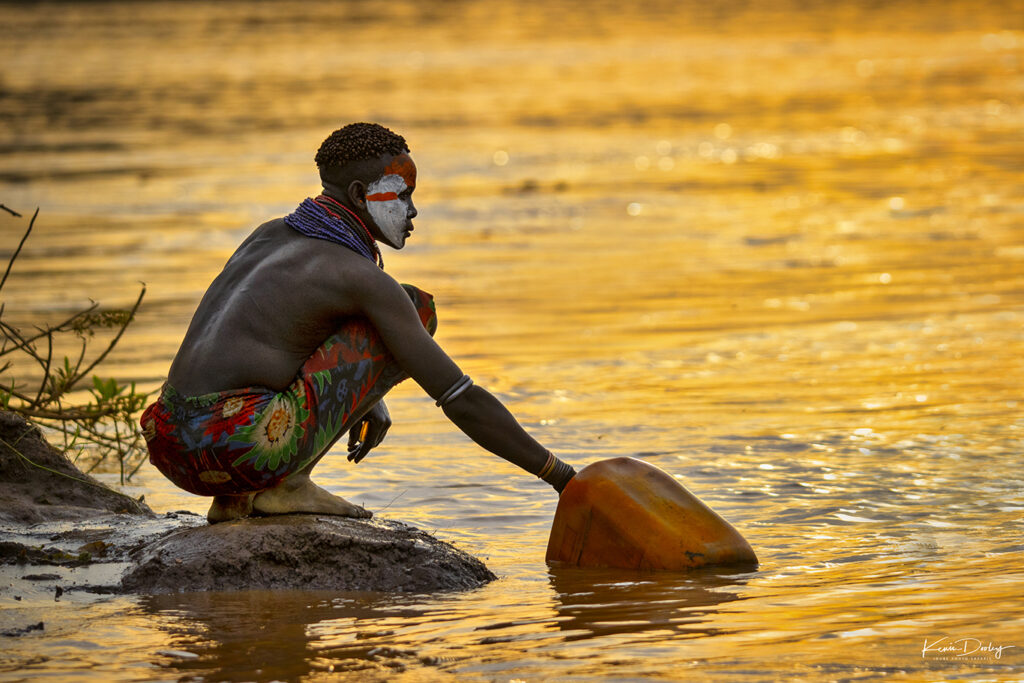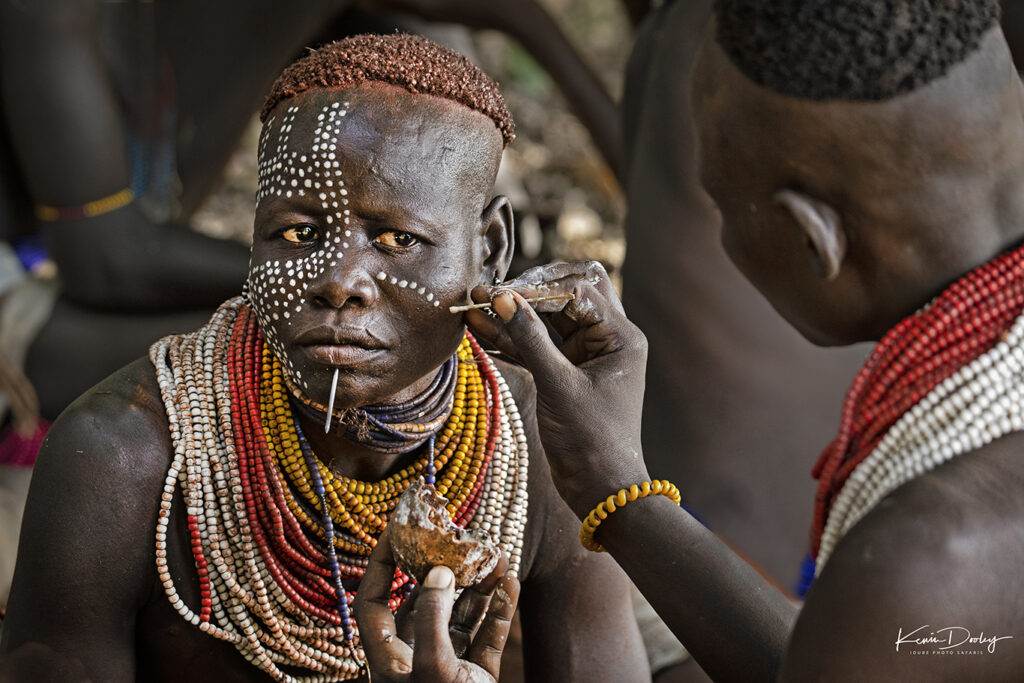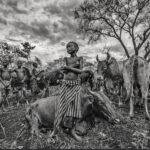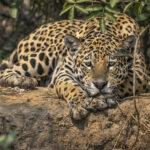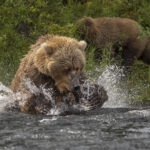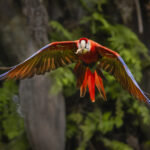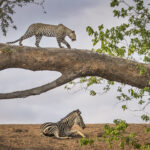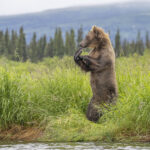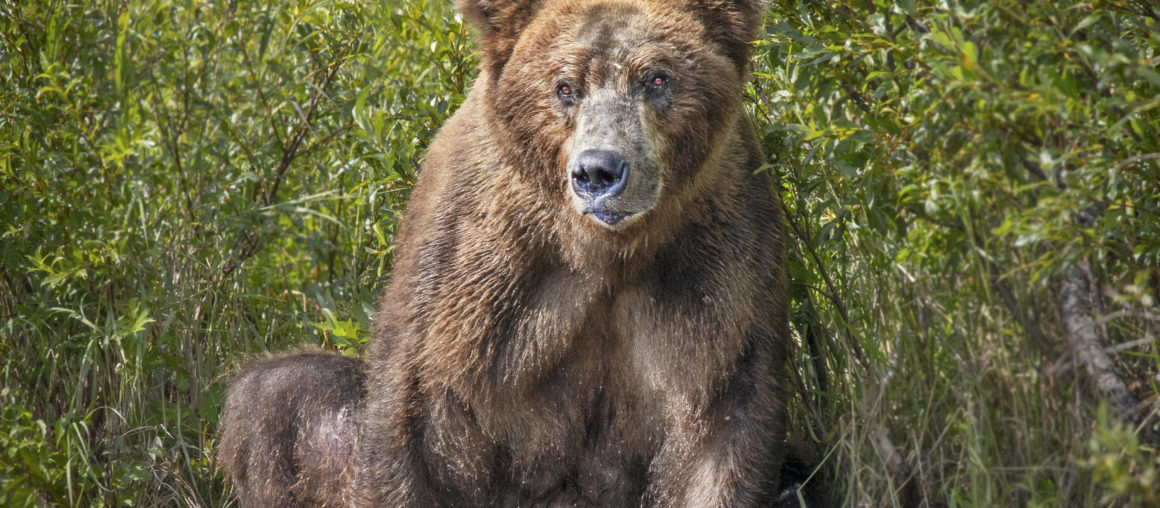Photographing Walrus in wild Alaska.
Join wildlife photographer Kevin Dooley on this exciting adventure.
I have always had a hankering to photograph the wild Pacific Walrus. Walrus Photography offers so many opportunities in the world of wildlife photography. These marine mammals are plumb full of life and character. Wrapped in skin of many colors, textures, and shades of lights and darks are just part of the attraction. Huge tusks covered in stains and crevices that look completely out of place, massive broad lips that support long thick whiskers and flat wide noses. All this wonderful temptation of wildlife photography is highlighted by one heck of an adventure just to locate them on the cold wind blown beaches of the Great Bering Sea. Does it get much better than that?
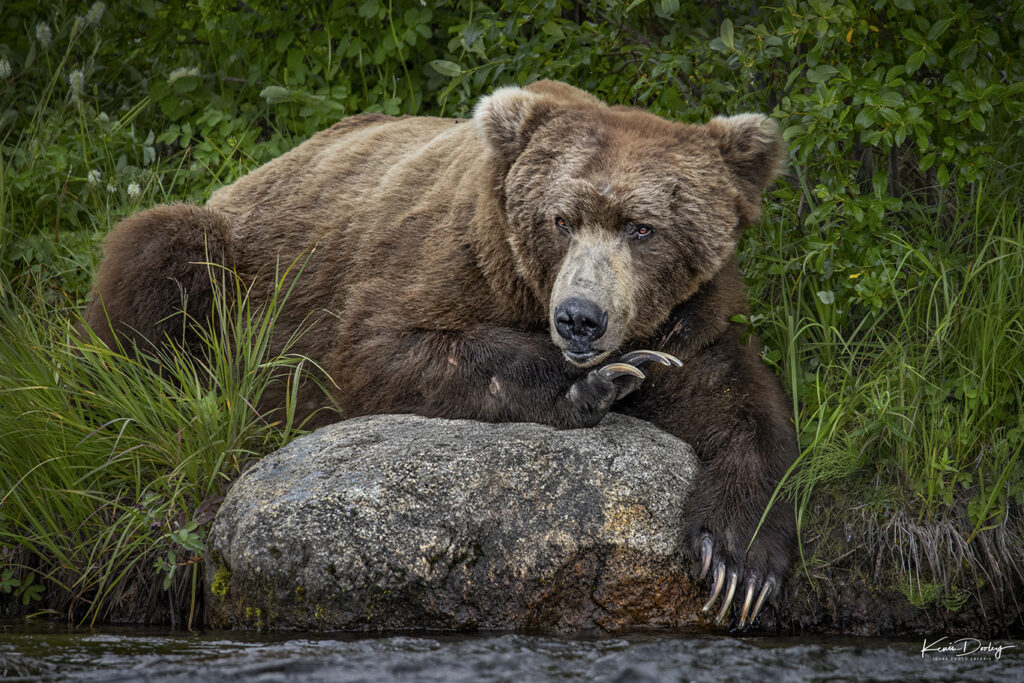
A successful day of bear photography.
Our day of Bear photography was highly successful, and we even landed a few sockeye salmon to add to our fist day on the Alagnak River in South Western Alaska. Nothing like a comfortable bed, a few episodes of the original Star Trek series, and a mind full of the days memories to drift off to sleep with. I have always been one to hit the hay early and wake up early. With a belly truly satisfied after a gourmet dinner of Smoked Salmon Canapé, Mandarin Salad, Bristol Bay Halibut Curry, and Wild Berry Shortcake. Sleep and relaxation was on my list of priorities. Soon after I shut the curtains and shuttered the long Alaskan days that filled my cabin with a warm golden light, I drifted off to sleep. However, it was not long before a knock woke me and I realized my name was being called. My watch told me that it was just after ten pm, “One Moment”, I answered, Wayne, the lodge owner was at my cabin door. Before I could even get the door open, he was telling me with great enthusiasm, about an incredible opportunity that had presented itself. A bush pilot friend had contacted him with a last minute opportunity to join a few folks who were flying down the coastline to look for the wild Pacific Walrus. There was word of their location and it was just under a hundred miles down the cost line of the Great Bering sea. After a few moments of contemplation, I was in.
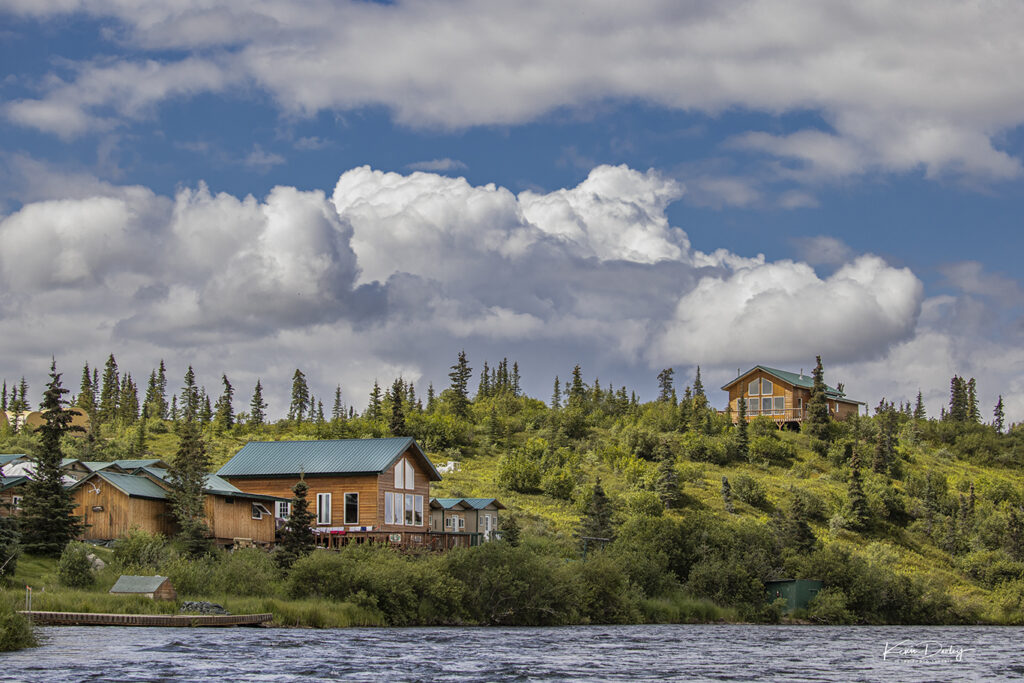
Home Sweet Home at ATA Lodge
After a huge breakfast of Pancakes, eggs, bacon, and hot coffee, we boarded one of the lodges jet boats for a forty five minute river journey that would take us to a point in the river where a float plane would collect us. I have always had a love for float planes, they seem to symbolize everything adventure. Just the thought of flying in Alaska on a float plane brings on goose bumps and an elevated heart rate. Our float plane flight would take us to King Salmon Alaska where we would transfer over to one of my other favorite airplanes, the Havilland Beaver, another bush plane that has certainly treated me to some of my best of life’s adventures. I can not express the feeling of flying over the Alaskan Tundra, the landscape is littered with clear glacier fed lakes, winding fast flowing rivers filled with Wild Salmon, and stubby often crooked fur trees trying their very best just to survive. Every direction is vast and untouched, with game trails winding over hills and through valleys where moose, caribou, wolves, and bears have left their prints in the permafrosted ground.
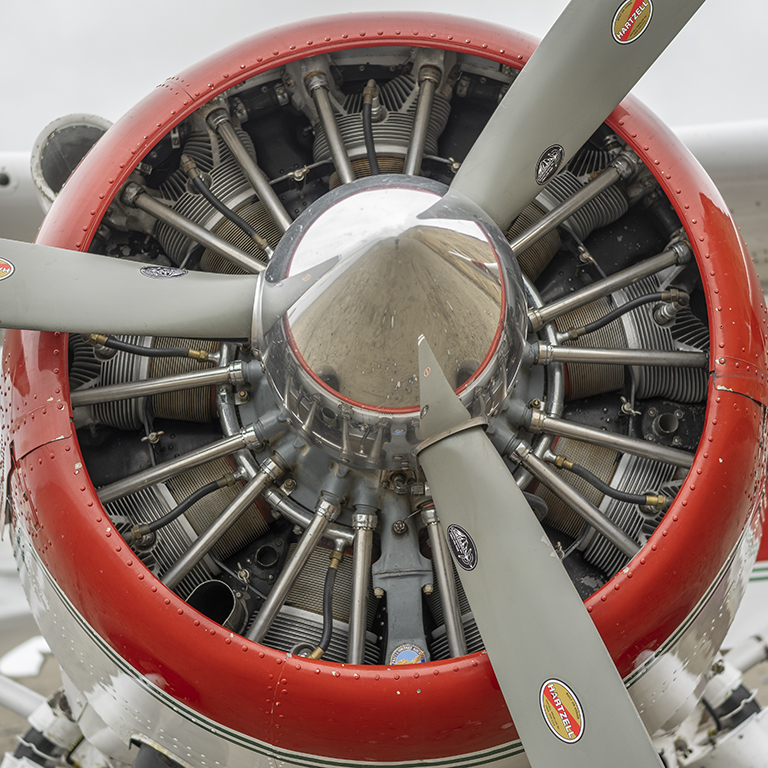
Engine and Prop of our Havilland Beaver Bush Plane
As my mind drifted from the landscape to the thought of photographing wild Walrus, I took note that a thick fog was rolling in off the Great Bering Sea. Visibility was closing in, the fog was rolling over the wings of our bush plane and I knew we would have to find a spot to land the Beaver and wait it out. A quick bank to the left and the Beaver was dropping to the beach with a rapid pace, the tires kissed the sand, the cold ocean waves rolling in on my right and a wall of gravel and rocks to my left. We came to a stop and let the engine wind down to a gradual rest. Our pilot suggested we have our lunch and just relax in hopes that the weather would clear up enough for us to continue on to the Walrus. Our time on the beach was well spent, we found wolf tracks, bear tracks, and seals swam close to us as we enjoyed a lunch of sandwiches, chips, snacks, and ice cold water. We also enjoyed the beautiful bird life.
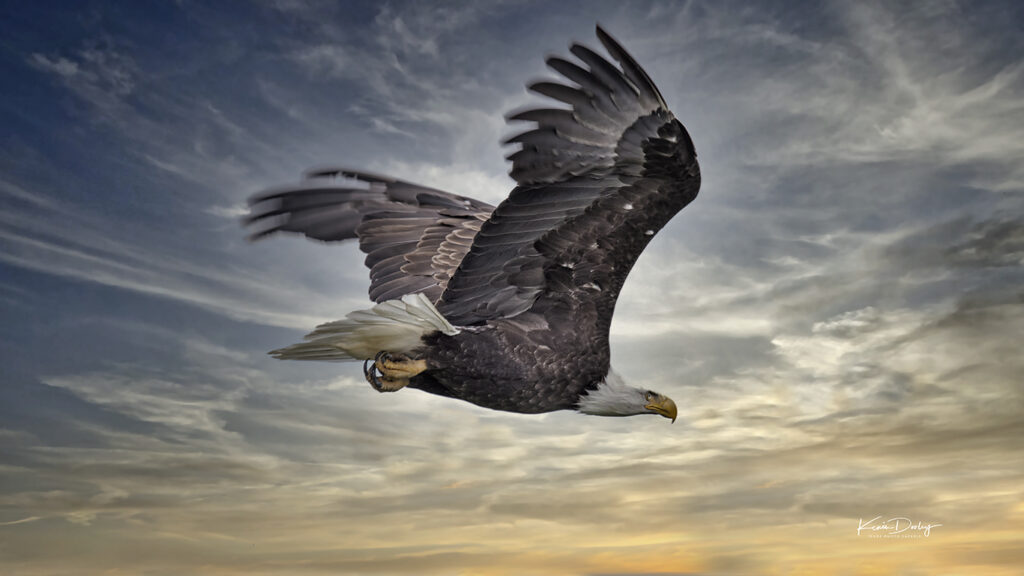
Alaska has amazing Eagle sightings
With only approximately sixteen miles still to travel to the last known location of a huge herd of Walrus, this opportunity seemed so close, yet the fog was heavy, leaving me with the feeling of uncertainty. The area was a perfect paradise for the Walrus. Long sandy beaches with protective cliffs on one side and at low tide, miles of Razor Clam beds. Walrus love to eat clams and until they have made the best of of all the fresh food, the Walrus would stay in the area. Soon a cold wind picked up and the thick fog began to disappear, I knew it was going happen, I knew I was about to set my tripod on a wind blown Alaskan beach, with one of the most character filled animals in the world. The pilot announced to get aboard, the engine began to purr, back in the air and underway. A beautiful coastline gently accompanied by a bright green tundra lay just below me, we were on our way.
From the small window in the plane I could see the thousands of walrus covering every inch of the available beach as we searched for a good landing spot. We would need to land well over a mile away from the Walrus, so as not to disturb them. There is a certain feeling of excitement, happiness, nervousness, and accomplishment when a much desired species comes within camera range. A feeling that is almost indescribable, a feeling that only happens every once in a while, a feeling that wildlife photographers live for. Upon landing I began to gather up my gear and prepare for the long walk ahead.

Too many Walrus to count
I had packed two cameras, a Canon 1dxmk3 and a Canon 5dmk4, two lenses, a Sigma 60-600 sport, a Sigma 500 prime with a sigma 1.4 converter, and a Sigma FP still and video camera for video coverage. All nicely packed in my MindShift camera pack along with a ProMediaGear carbon fiber tripod and a ProMediaGear Katana jr gimbal head. After close consideration of the walk and the weather, I decided to place my Canon 1dxmk3 with the Sigma 60-600 lens on my tripod and put my video camera in my smaller MindShift sling carry bag. I would leave the rest of the gear in the plane, just too much to carry, especially considering the walking would be in very soft sand. The sky was filled with mixed gray clouds and did not present the look of rain, so I would also leave my rain gear for both my camera and myself in the plane.
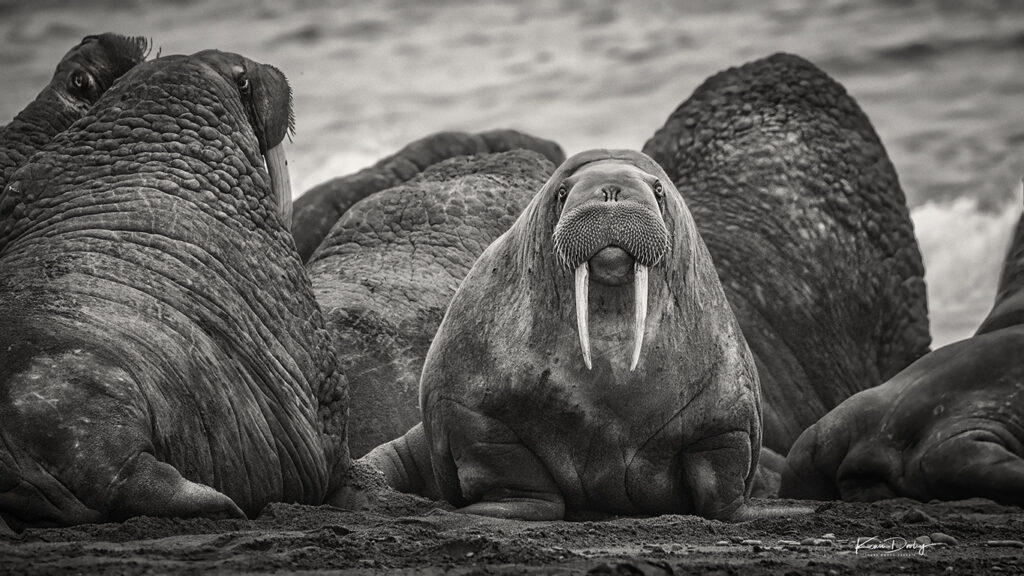
Walrus are fun to photograph in Black and White
As we walked towards the walrus I thought over my camera settings, and began to plan out a few of the images I wanted to try and get. I knew we would not be able to get too close to the walrus, cropping would definitely be needed in some of my images. Especially for the portrait type Images I wanted to get. Therefore as low an ISO as possible would be needed to prevent excessive digital noise. Walrus are not fast moving animals and with a very sturdy tripod, super fast shutter speeds would not have to be a strong consideration. I did notice that when the walrus argued among one another they did move their heads relatively fast, so I would need a shutter speed fast enough to stop that movement. Because the walrus are clumped together and the long white tusks could become a distraction with in the photographs background, I would select an f-stop with a minimal amount of depth of field. The air was filled with both blowing wind and sea mist, this would present a challenge in both exposure and in keeping my lens clean and dry. The light was very consistent, with some spots of gray clouds and mostly a grayish haze. The sun was not clearly visible and I knew the exposure would be fairly consistent. With all that being said I decide to start out with this exposure set up. 1/800th of a second, a shutter speed fast enough to stop the movement of the walrus as they head butt each other. Will also take me one setting past my maximum lens focal length of 600mm, preventing my images from becoming blurry from camera movement. My f stop of 7.1 will give me enough depth of field to hold the walruses heads and tusks in focus, still putting my background and foreground out of focus. This depth will keep the viewers attention just where I want it to be. My ISO of 800 is high enough to give me the shutter speed options that I require, yet keep the digital noise to a minimum. I will be using all my camera settings in the manual mode, allowing me the complete control of my cameras performance.
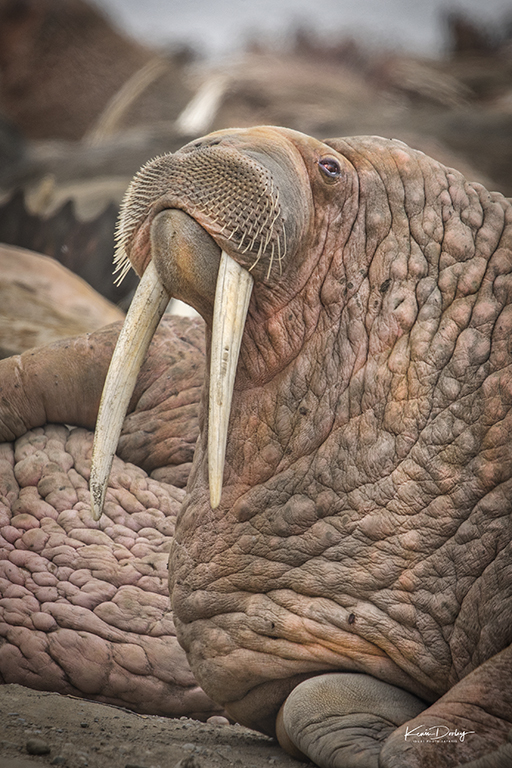
Our visit with the Walrus seemed to fly by, we had a long journey back to the lodge, and we did not want to stress the Walrus by spending too much time with them. I created a few more images and we began our hike back to the bush plane. Wayne and I talked of just how amazing the experience was, we enjoyed our walk along the wild bering sea knowing we would never be the same again. With the understanding of just how fortunate it is to live this opportunity of seeing the Walrus in the wild. To put a few more stories in our memories that we can share with the world, a few stories of both the importance of living life as it was intended to live , as well as the importance of keeping our wild places wild and taking care of our wild species. This would be a day to remember, with a beautiful bush plane flight with just enough time to relive the entire experience in my mind.
Dinner would be good, sleep will come easy, today was a day that only dreams are made of.

